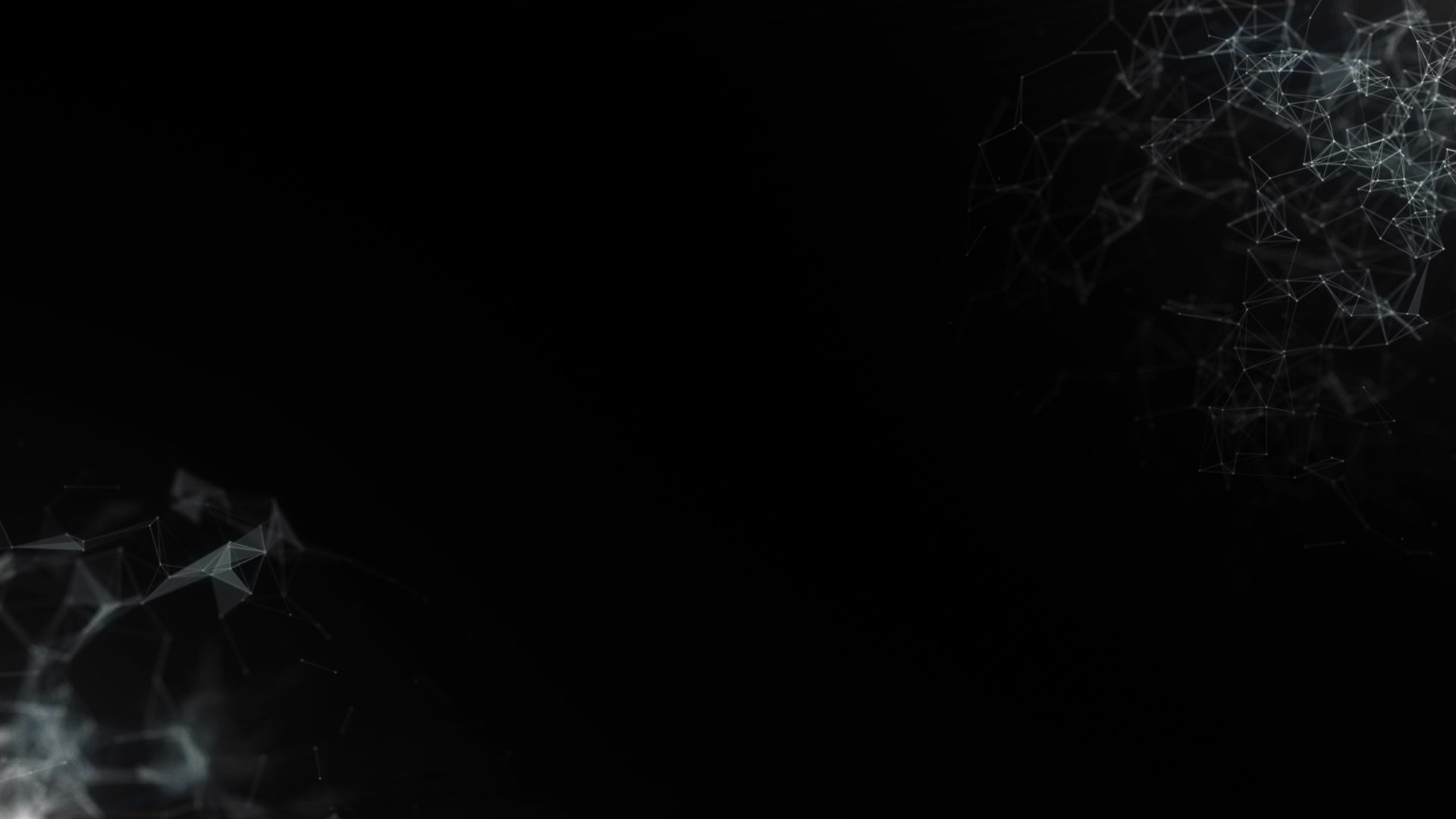
WHAT IS 3D SCANNING?
Today, with the use of modern reality capture technologies, it is possible to digitally copy any physical object with an accuracy down to the millimetre, both in terms of size and texture.
There are two principal methods of reality capture, which can be used separately, or combined. One is 3D Laser Scanning, whereby objects are “scanned” using coordinates gained by the projection of a series of laser beams. Another is the science of Photogrammetry, in which the same coordinates are gathered through the digital processing of photographs.
Both techniques are constantly evolving, and—Photogrammetry in particular — require a lot of expertise to use.
See our assessment of the two methods here!
Our method:
Because of the demanding visual challenges of the entertainment industry, Hollywood is at the forefront of the latest reality capture technology at all times as well as a huge contributor to its development. (For more on this topic, click here)
Because photogrammetry is much quicker and cheaper, photogrammetry is currently the most preferred option by reality capture experts overall, and is thus widely encouraged by the international community as a tool for documenting historic sites. However, photogrammetry does have a higher fault margin, in other words, the success of the method is largerly dependant upon the skills of the photogrammetrist.
We at DragonEye are lucky to be lead by one of Hollywood's most successful VFX artists, Craig Caton, who has partaken directly in the development of various methods of reality capture since the 1990s.
Photogrammetry is the science of using photographs (lat. photogramma) to measure distances (metria). The concept of using images to gain coordinates dates back long before the invention of the camera, possibly to the ancient Greeks, but more commonly cited to Leonardo da Vinci’s study of projective geometry in the late 1400s. Since the invention of the camera in the 1800s, and the more recent developments in software, photogrammetry has slowly developed into an accurate digital recording technique.
Today, photogrammetry is used in fields such as geology, topographic mapping, architecture, engineering, manufacturing, quality control, police investigation, archaeology, meteorology. The biggest user of this tool, however, is the film and gaming industry, where virtual duplicates of whole cities and terrains are created almost on a daily basis.
WHO WE ARE
DragonEye3D is a reality capture company based in Los Angeles and specializes in 3d scanning buildings and objects for digital documentation, 360° virtual tours, virtual environments, and 3D printing in all of southern California.
DragonEye3D was created in 2020 by one of the most accomplished visual effects (VFX) and photogrammetry specialists in Hollywood, Craig Caton-Largent.
OUTPUTS
We deliver 3D texture-mapped models, videos, and still images.
3D Models
Multiple high-detail, texture-mapped 3D models are provided in high polygon counts and low polygon counts to your specifications in the following formats:
• PLY (Polygon File Format): This is a popular 3D scanner format.
• FBX (Filmbox): This is one of the most popular 3D geometry file formats.
• OBJ/MTL: The OBJ file format is a straightforward data format that only represents 3D geometry. One of the most commonly used formats, along with FBX,
• STL (stereolithography): a popular abbreviation for rapid prototyping, 3D printing, and computer-aided manufacturing.
• Sketchfab: An online service that allows you to share and sell 3D models.
Texture Maps
Albedo, normal, and displacement maps are provided to your specifications in multiple resolutions.
Still Images
We provide several thousand still images in 4K covering multiple angles and close-up detail as well as "beauty shots" of the subject matter. We can provide resolutions up to 32K, along with color correction and image noise reduction to enhance detail to give you a clear and crisp photo.
VIDEO
We output multiple videos in 4K Ultra HD (4096 × 2160 pixels) and up to 8K (7680 x 4320) with multiple formats available.
Multiple still images in 4K can be extracted from camera footage at a rate of 1 still per second.
Example of multiple polygon output options




